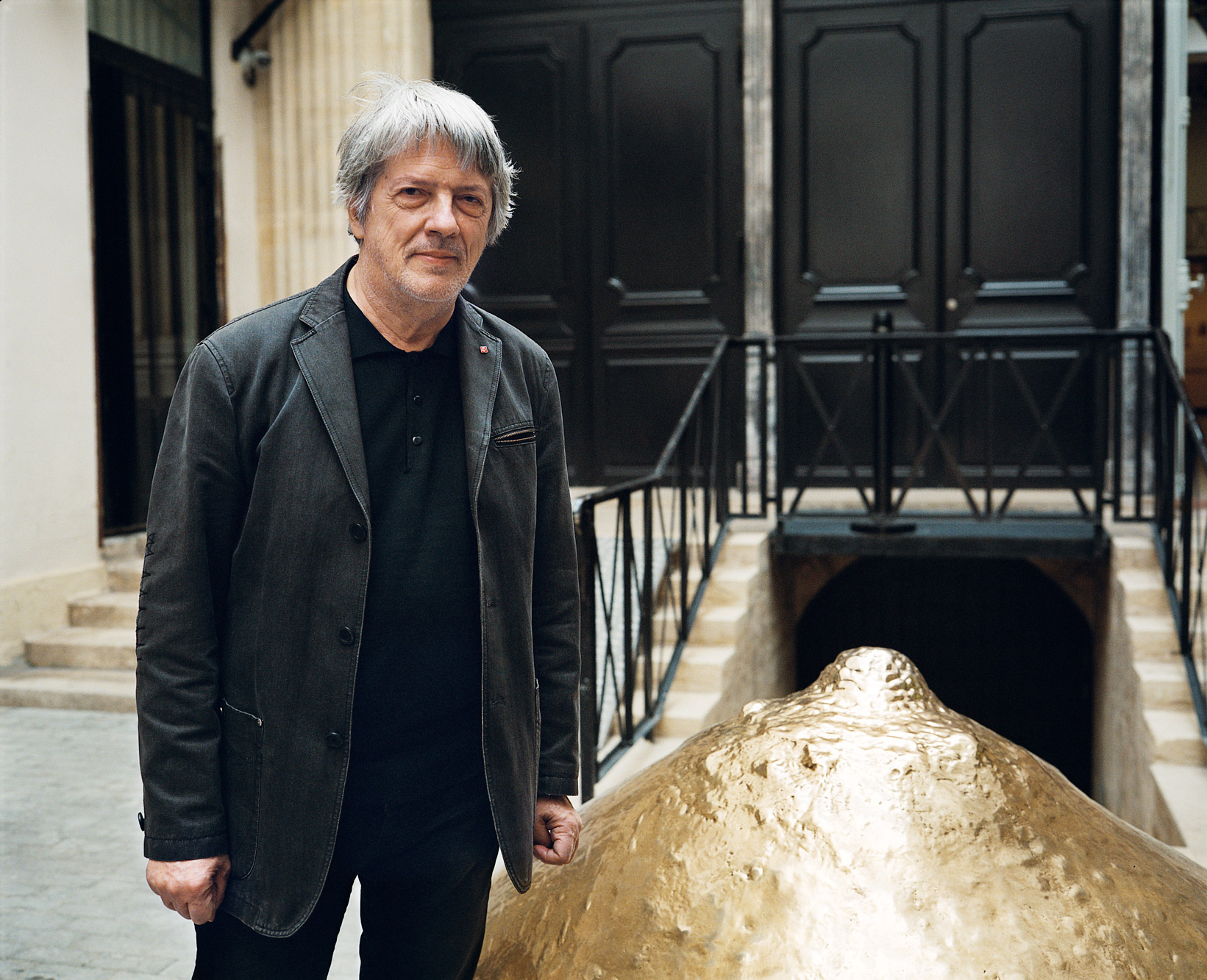Purple Magazine
— Purple 25YRS Anniv. issue #28 F/W 2017
Luigi Serafini Codex
 Fashion plates from the original Codex Seraphinianus
Fashion plates from the original Codex Seraphinianus
interview and portrait by OLIVIER ZAHM
Luigi Serafini, presentation plates of the Codex Seraphinianus, Galerie Azzedine Alaïa, 2017 copyright Luigi Serafini/Rizzoli
 Luigi Serafini at Galerie Azzedine Alaïa, next to a sculpture by César, Le Sein, copyright SBJ / ADAGP, Paris, 2017
Luigi Serafini at Galerie Azzedine Alaïa, next to a sculpture by César, Le Sein, copyright SBJ / ADAGP, Paris, 2017
In 1981, the Italian art book publisher Franco Maria Ricci printed a phantasmagoric, surrealistic encyclopedia, conceived in California by an Italian artist and industrial designer, Luigi Serafini. Since then, a cult following has unsuccessfully attempted to decode the mysterious language that he invented for the book. Azzedine Alaïa recently became friends with Serafini and invited him to do a show in his gallery in Paris.
Olivier Zahm — What’s the secret to your writing?
Luigi Serafini — The secret is that there is no secret….